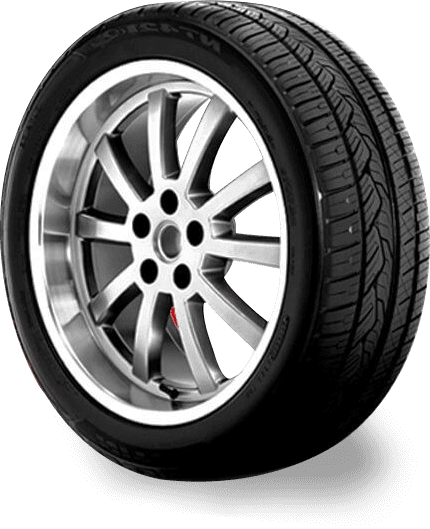
Dec . 25, 2024 10:03
Back to list
Safety Valve Mechanisms in Industrial Applications and Their Importance
Understanding Safety Valves The Unsung Heroes of Pressure Systems
In various industrial applications, the safety valve—also referred to as a relief valve or pressure relief valve—plays a crucial role in ensuring system integrity and safety. These valves are designed to automatically release excess pressure from a system, preventing it from reaching dangerous levels. Their importance cannot be overstated, as they serve as a safeguard against catastrophic failures that can result from overpressure conditions.
The Function of Safety Valves
The primary function of a safety valve is straightforward it opens to release pressure when system pressure exceeds a predetermined limit. This limit is set specifically to protect the equipment and the personnel involved in the operation. When the pressure in a vessel, boiler, or piping system approaches dangerous levels, the safety valve activates, allowing a portion of the gas or liquid to escape, thus reducing the pressure to a safe level.
Safety valves can be found in a variety of applications, including steam boilers, chemical processing plants, oil and gas production facilities, and even household appliances like hot water heaters. Regardless of the context, their role is paramount in preventing dangerous situations such as explosions, leaks, or equipment failures.
Types of Safety Valves
There are several types of safety valves, each designed for specific applications or industries. The most common types include
1. Spring-loaded Safety Valves These are the most widely used types, employing a spring mechanism to hold the valve closed until a specific pressure is reached. Once the pressure exceeds this limit, the force of the pressure overcomes the spring tension, causing the valve to open.
.
3. Balanced Bellows Safety Valves These valves feature a bellows mechanism that balances the forces acting on the valve disc, providing a more stable operation even under varying pressure conditions.
صمام الأمان

Importance of Safety Valves
The absence of a properly functioning safety valve can lead to dire consequences. For instance, in a boiler system, excessive pressure can lead to an explosion, endangering lives and causing significant damage to property and the environment. In the oil and gas industry, a failure in pressure control can result in leaks, fires, and even large-scale environmental disasters.
Furthermore, regulatory bodies around the world enforce stringent standards for pressure systems, mandating the inclusion of safety valves to ensure compliance. Regular testing and maintenance of these valves are essential to ascertain their functionality. A safety valve that is outdated or malfunctioning can create vulnerabilities in an otherwise robust system.
Challenges in Safety Valve Operation
Despite their importance, safety valves can present challenges. One common issue is chattering, a condition where the valve opens and closes rapidly during operation, which can lead to wear and tear over time. This problem is often a result of overly sensitive settings or rapid pressure fluctuations in the system.
Another challenge is the buildup of corrosion or debris, which can obstruct the valve's operation. This necessitates regular inspections and maintenance to ensure that the valve remains in optimal working condition.
Conclusion
Safety valves may seem like simple mechanical components, but they are indeed sophisticated devices critical to maintaining safe operational standards in various industries. Understanding their function, types, and importance can contribute to better safety practices and risk management in pressure systems.
As industrial processes continue to evolve, the role of safety valves will remain integral in protecting equipment and lives. Investing in high-quality safety valves and ensuring their proper maintenance should be a priority for any organization operating under conditions that involve pressurized systems. In doing so, we uphold the safety and integrity of our industrial environments, preventing potential disasters before they occur.
Latest news
-
Safety Valve Spring-Loaded Design Overpressure ProtectionNewsJul.25,2025
-
Precision Voltage Regulator AC5 Accuracy Grade PerformanceNewsJul.25,2025
-
Natural Gas Pressure Regulating Skid Industrial Pipeline ApplicationsNewsJul.25,2025
-
Natural Gas Filter Stainless Steel Mesh Element DesignNewsJul.25,2025
-
Gas Pressure Regulator Valve Direct-Acting Spring-Loaded DesignNewsJul.25,2025
-
Decompression Equipment Multi-Stage Heat Exchange System DesignNewsJul.25,2025

